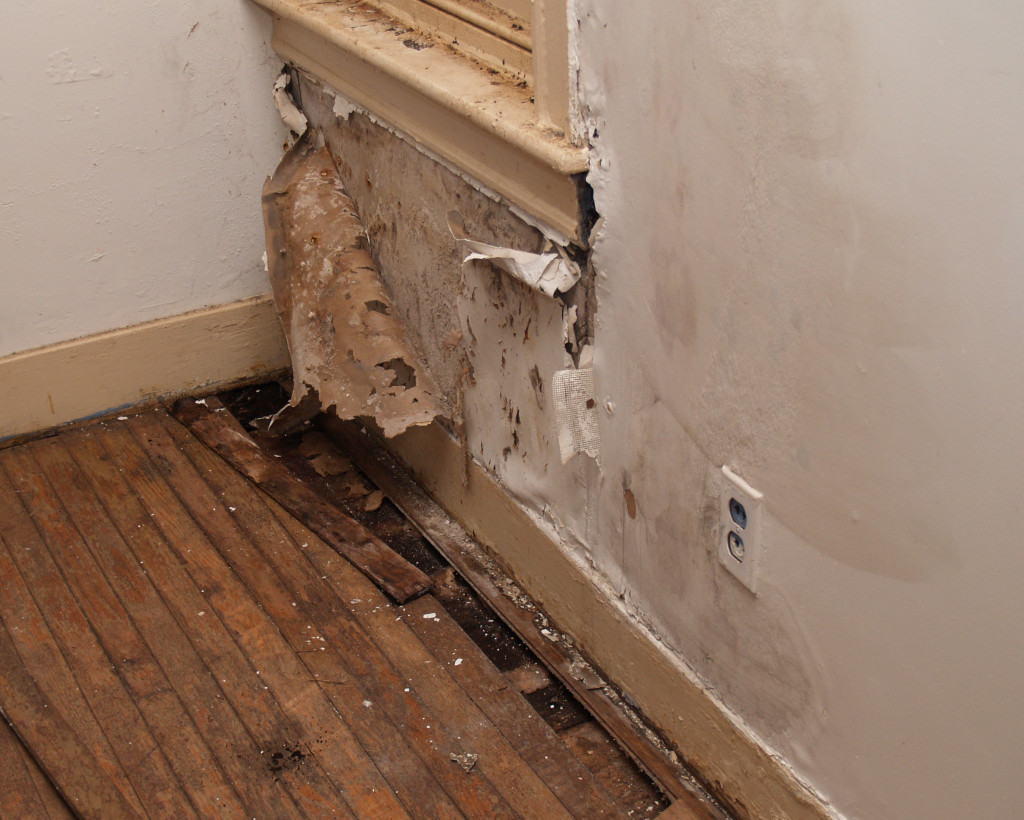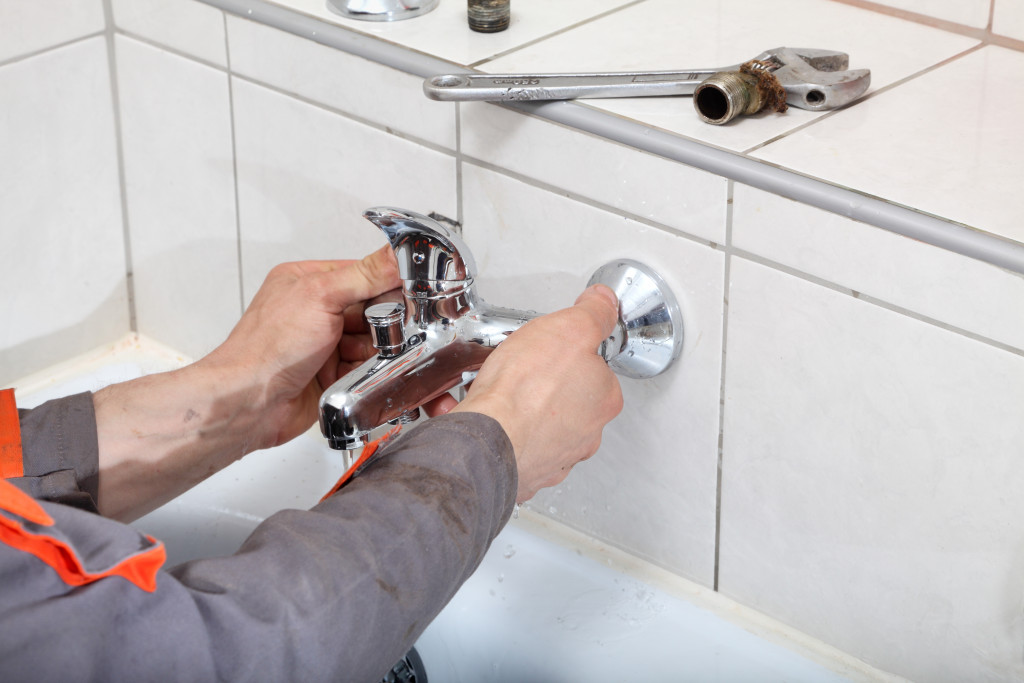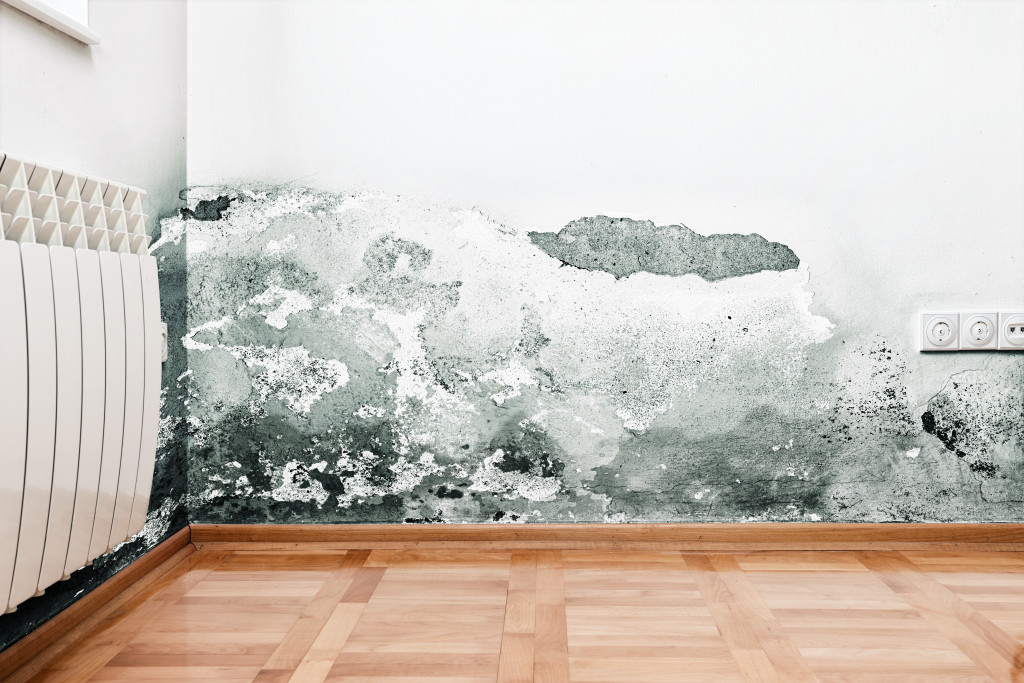- High humidity and excess moisture can cause severe damage to a home, such as mold growth, wood rot, and structural damage.
- Keep humidity levels below 50%, repair water leaks promptly, and use sealants on exterior wood surfaces to prevent moisture damage.
- Common sources of moisture in the home include indoor swimming pools, bathrooms/kitchens, and outdoor plants.
- Proper ventilation, dehumidifiers, fans, and waterproofing services can be used to reduce moisture levels in the home. Regular maintenance can also help protect your home from moisture damage.
High humidity and moisture levels can cause severe damage to your home. The effects of too much moisture can be devastating, from mold growth and wood rot to structural damage. Fortunately, there are simple steps you can take to protect your home from these destructive forces. The first step is figuring out how moisture can ruin your home.
How Moisture Can Ruin Your Home
Moisture is a problem that many homeowners will face. Here’s how moisture can ruin your home and how you can prevent it.
Mold Growth
One of the most common ways moisture causes damage in a home is through mold growth. Mold thrives in damp environments, so if your home has high levels of humidity or water leaks, you’ll likely have a mold problem eventually. Mold is unsightly and produces airborne toxins that can cause health problems for people exposed to them over an extended period. To prevent mold growth in your home, keep humidity levels below 50%, repair any water leaks immediately, and address any plumbing problems as soon as they arise.

Wood Rot
Wood rot is another common problem caused by excess moisture in the air. When wood is constantly exposed to high humidity levels or standing water, it begins to break down and decay from the inside out. This process weakens wood fibers until they become soft and brittle and eventually crumble completely. To avoid wood rot in your home, regularly inspect areas like basements and attics for signs of water damage or leaks. You should also use sealants on all exterior wood surfaces to protect them from the elements.
Structural Damage
In extreme cases, too much moisture in the air can cause severe structural damage to a building over time. If left unchecked, this damage will often lead to expensive repairs or complete replacement of parts of the structure, like walls or foundations. To prevent this type of damage from occurring in your home, make sure all windows are sealed tightly and watch for signs of condensation on walls or ceilings—this could indicate an issue with ventilation or insulation that needs addressing right away.
Common Sources of Moisture
It’s important that you also know the common sources of moisture and how to reduce moisture from these sources. Here are some of the common sources of moisture:
Indoor Swimming Pool
A swimming pool in your home can be a source of moisture due to the humid environment created by the water. To reduce moisture in an indoor pool, you should use fans and dehumidifiers to keep the air circulating and remove excess humidity from the area. You should also pay attention to ventilation in any area near the pool and ensure no leaks or cracks can let in additional moisture. Lastly, consider hiring a pool waterproofing service to waterproof the surfaces near your pool. They can laminate and seal surfaces to prevent water from seeping into other parts of the home.

Bathroom and Kitchen
The bathroom and kitchen are two areas where moisture is often an issue due to their frequent use of hot water and steam during cleaning or cooking. To keep these areas dry, make sure the exhaust fans are working properly and are vented to the outside of the home. You should also open the windows when using hot water in these rooms and consider using a dehumidifier to remove any excess moisture from the air.
Outdoor Plants
Since plants release water vapor into the air as part of their natural process, having too many outdoor plants near your home can increase the humidity levels inside. To reduce this moisture, you should prune back any overgrown foliage and ensure there’s enough space between plants and the house. Additionally, you can use a fan to blow air away from the plants and keep moisture levels low.
Moisture is a common problem in many homes, but with the right precautions and regular maintenance, you can keep your home safe from its destructive effects. From proper ventilation to waterproofing services, various options are available to help protect your home from moisture damage.


